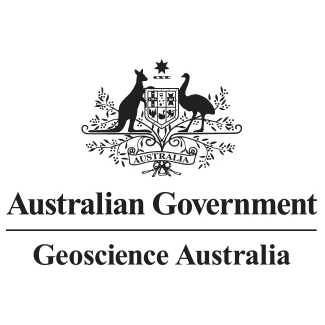Full description
This is a raster representing the base surface of the McBride Basalt Province, inferred from sparse data available, dominated by private water bore records. This interpretation was conducted by a hydrogeologist from Geoscience Australia.Caveats
• This is just one model, based on sparse data and considerable palaeotopographic interpretation
• This model relies on the input datasets being accurate. However it is noted that substantial uncertainty exists both in the location of private bores and the use of drillers’ logs for identifying stratigraphic contacts.
• The location of palaeothalwegs is imprecise, and often it is only indicative of the presence of a palaeovalley.
• The purpose of this model is for visualisation purposes, so should not be considered a definitive depth prediction dataset.
Lineage
Maintenance and Update Frequency: asNeededIssued: 22 09 2020
text: westlimit=143.50; southlimit=-20.25; eastlimit=145.30; northlimit=-18.90
User Contributed Tags
Login to tag this record with meaningful keywords to make it easier to discover
Download the data (tif) [41.1 MB]
uri :
https://d28rz98at9flks.cloudfront.net/133451/133451_00_0.zip![]()
Upper Burdekin Groundwater Raster Products WMS
Upper Burdekin Groundwater Raster Products WMTS
uri :
https://services.ga.gov.au/gis/groundwater-grids/ub-gw-rasters/gwc/service/wmts![]()
Upper Burdekin Groundwater Raster Products WCS
Upper Burdekin Groundwater Raster Products WMTS
local : 140100
Upper Burdekin Groundwater Raster Products WMS
local : 140099
Upper Burdekin Groundwater Raster Products WCS
local : 140101
- global : d2f49c11-60bd-4000-a5fc-c63ca67e0998
- Local : pid.geoscience.gov.au/dataset/ga/133451
- DOI : 10.26186/133451



